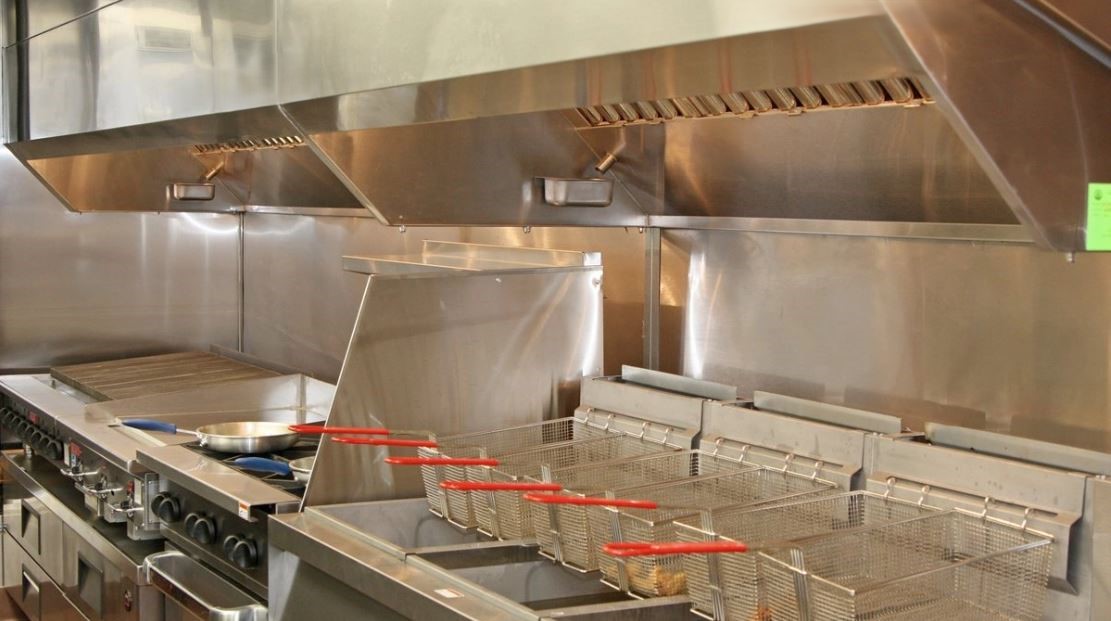In the realm of small business operations, particularly within the food industry, a significant point of overhead cost can be found in the procurement and installation of kitchen equipment, such as range hoods. Commercial hood installations, while essential for maintaining a safe and efficient kitchen environment, can often burden a business with substantial outlay.
However, an increasingly popular trend is the consideration of the Do-It-Yourself (DIY) approach for hood installation. This approach, when executed correctly, can offer notable cost savings and, at the same time, provide an opportunity for business owners to gain a more in-depth understanding of their kitchen infrastructure.
As we explore the nuances of DIY hood installation, you may find that it presents a viable and cost-effective option for your business.
Understanding Hood Installation Basics
Diving into the realm of hood installation basics, it is essential to grasp the fundamental principles. This includes understanding the type of hood required, proper sizing, installation methods, and compliance with local building codes to ensure a safe, efficient, and regulatory-compliant installation.
The type of hood required depends on the specific needs of your business and the nature of your operations. It’s crucial to select the correct size for efficient performance. Installation methods vary and should be executed with precision to ensure safety.
Compliance with building codes is non-negotiable. It not only guarantees safety but also fosters a sense of belonging by adhering to shared community standards.
Understanding these basics is the first step towards a successful DIY hood installation.
Step-by-Step DIY Hood Installation Guide
Embarking on the step-by-step guide for DIY hood installation, the initial phase involves careful selection and accurate measurement of the designated installation area to ensure optimal performance. It is crucial to consider the space available, the positioning in relation to the cooking equipment, and the ductwork required for ventilation.
The following stages include:
– Marking the location: Using a pencil, mark the exact points where the hood will be installed. This helps to avoid any misalignment issues during the installation process.
– Fixing the hood: Secure the hood onto the marked points using the appropriate tools and fasteners. Ensure it is firmly attached.
– Connecting the ductwork: Attach the ductwork to the hood, ensuring a tight seal for efficient ventilation.
This practical, detailed guide empowers small businesses to take ownership of their kitchen spaces, fostering a sense of belonging.

